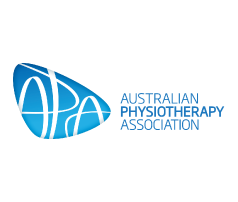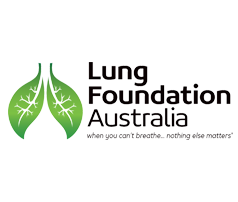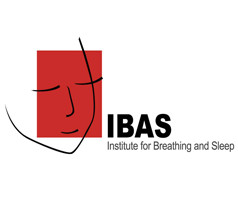A comprehensive medical history taken by GP or respiratory physician.
Subjective assessment:
History of childhood infection or childhood respiratory symptoms
Family history of bronchiectasis, especially cystic fibrosis
Smoking history
Presence of symptoms to suggest a systemic inflammatory disorder (joint problems, skin rash, muscle pain)
Duration and severity of symptoms
Frequency of infective exacerbations
Objective clinical examination:
Peripheral examination for signs of chronic lung disease e.g nail changes (clubbing) occur in some forms of bronchiectasis
Cough quality, strength and sputum production
Signs to suggest a systemic inflammatory disorder (joints, skin, muscles, eyes)
Listening to the chest. Bronchiectasis is characterised by focal or generalised noises (crepitations, wheeze) heard with the stethoscope
Assessment of results from:
Radiology – HRCT and Chest X-Ray
Lung Function – including spirometry +/- TLCO. gas transfer factor
Sputum Pathology – surveillance of sputum MCS should be considered every 3 to 6 months to guide future antibiotic therapy in the event of an exacerbation.
Blood gas analysis, if required – peripheral venous blood gas analysis is less invasive than arterial blood gases (ABG) and provides clinically important information to assess acutely unwell patients (TSANZ Oxygen Guidelines 2015). ABG’s should be considered in the following situations:
- Critically ill patient with cardiorespiratory or metabolic dysfunction
- In patients with SpO2 < 92% in whom hypoxaemia may be present
- Deteriorating oxygen saturation requiring increases FiO2
- Patients at risk of hypercapnia
- Breathless patients in whom a reliable oximetry signal cannot be obtained








